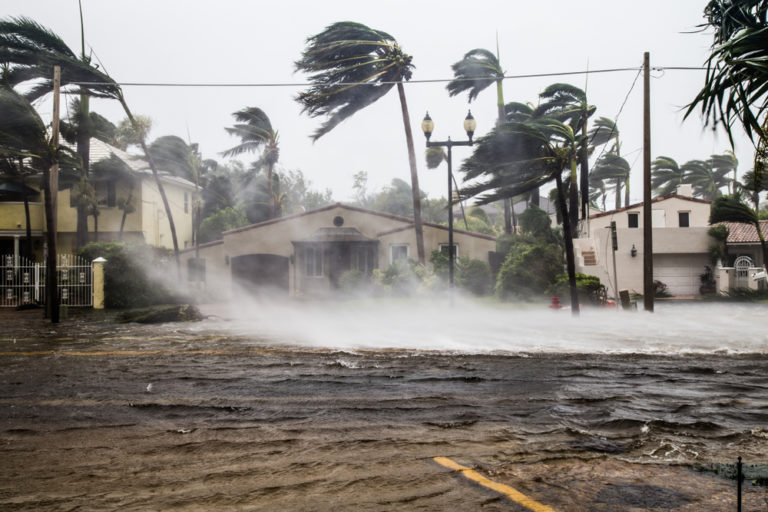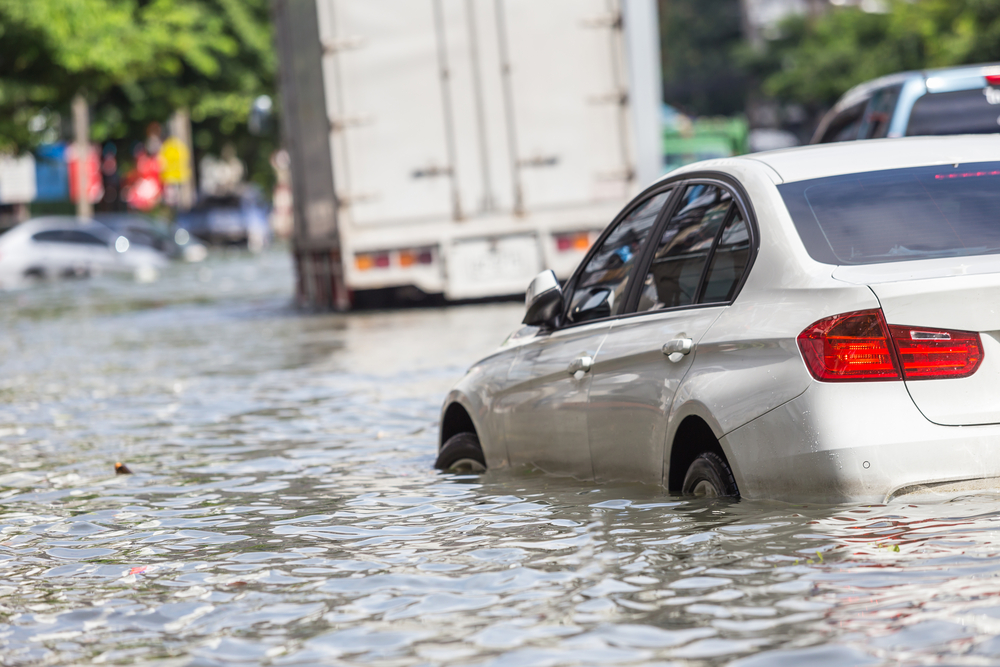
It’s the rainy season here in the Caribbean. Although most territories possess landscapes of varying elevation, flooding remains a persistent and seemingly never-ending danger for the region. Whether to mitigate the effects of storms and hurricanes or your average run-of-the-mill weather system, a number of measures have been attempted over the years to prevent and mitigate flooding with varying levels of success. Yet, very little attention or action has ever been taken towards more ‘sustainable’ and environmentally friendly means of flood prevention. Indeed, they may very well demonstrate a greater level of success if committed to. Here are some possible methods and reasons why we should give this more attention:
Flooding Is A Natural Part of Healthy Ecosystems
If humanity disappears tomorrow, flooding will continue to occur and will remain, as it has for centuries, a vital part of many ecosystems. Indeed, many waterways in the tropics are actually intermittent. That is, they are ‘marked out’ in the landscape so to say but only appear during the rainy season as runoff and water gather in its path. Flooding and the wet season regeneration of these intermittent waterways are imperative for everything ranging from soil nutritional balance to underground water storage and even the life cycles, movement and feeding of aquatic and terrestrial life. Both planned and unplanned human settlement, a lot of which in the Caribbean has occurred laissez-faire outside of major urban centers, has both disrupted and become victim to this cycle. Here’s some food for thought. Rather than simply aim to prevent flooding why not focus more on mitigating its impact on humans while still allowing it to play its role in nature?

Help Not Fight Nature
A case study from The Conversation notes exactly this. Did you know that water flows faster across a smooth, angled surface than it does on a rougher, grassy and planted terrain? Consequently, did you also know that a lot of the flat land in the Caribbean that isn’t hilly, sharp elevation is below sea level? Indeed, a study on climate change in Latin America and the Caribbean noted that, in TT, for example, almost 80% of the land exists below sea level. Looked at from a cross-section, this basically makes it a giant bowl to be filled whenever rainfalls. The simple act of planting trees, having grass and keeping uneven terrain firm and stable with plant roots can both help prevent floods and landslides but can also assist it.
Alongside a waterway, the trees will slow the flow of water however further away the leaves will help water gradually trickle down while roots and grass will absorb a portion of rainfall. This can be used to our advantage and has been elsewhere. Smooth, well-tended man-made channels with sluices and flood gates can be built which only open when natural waterways are too strained. When utilized, they divert water to an area lower down in the stream, often away from human settlement. Were all development in an area mandated to have a minimum amount of trees and adherence to proper building codes, the strain on these channels would be minimized as well.
Green Development
Have you ever heard of a rooftop rain garden? Put simply it involves utilizing some of a rooftop’s flat, empty space to create a naturally sustained planted area. All it needs is a layer of substrate, some plants and occasional attention. In fact, it’s even therapeutic and recreational for employees in some offices. According to NCR Solutions cities such as NY have started adopting rain gardens in order to reduce urban flooding. Not only do they slow runoff but also assist in the infiltration and absorption of water during heavy rainfall. It might not seem readily apparent but the general theme here involves gradually easing the mass of water pouring into a single area at once however this all adds up and it very much works.
Creative Yet Inexpensive Engineering
Findings from the US Environmental Protection Agency noted something that’s deviously simple, inexpensive yet can reduce flooding by a monumental amount. That something would be Permeable Pavement. As previously discussed absorbent materials that support water infiltration and slow flow can be a big help. In an urban, concrete jungle or even in suburban areas, the presence of permeable pavement that allows water to be absorbed and trickle down into the ground prevents a large, long-term volume of water from entering the road. This not only eases the burden on roadside drainage but also prevents the common flooding sight of entire lengths of roads being turned into temporary river systems as water from nearby buildings and structures gather onto it.

Permeable pavement is easy and even cheaper than normal pavement construction in some cases. It can be made of pervious concrete, pervious asphalt, gravel/stone-like materials with a large surface area and spaces in between for water and spaced plastic grids. Aside from this, there’s also another simple and inexpensive method of mitigating flooding and it’s quite common in the swampy, wetland saturated the US state of Florida which also largely exists below sea level. These are run-off pools and ponds that, once a certain level is reached, divert to drainage systems.
Major building projects in Florida, be they residential complexes, commercial development, or even industrial centres all have one or multiple run-off ponds nearby. In fact, some of these can even be used for agriculture and other industry outside of the rainy season. Thus, we can see that environmentally friendly and sustainable approaches to flood mitigation are not only plausible and financially viable but may also be desirable as well due to the short and long-term benefits.